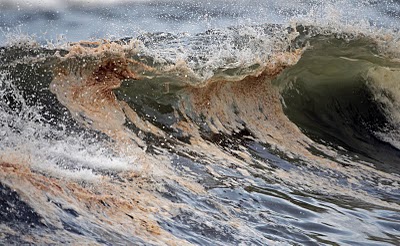The Gulf of Mexico oil spill was a shocking event, but it is good that the company BP has taken responsibility for the event and helped the affected region. The company and the U.S. government have been involved. On the company website, an operations manager laid out how over the last 3 years the company has been working to improve the situation in the Gulf of Mexico area. They have paid over $23 billion to people and businesses in the area that were affected by the oil spill. Perhaps the operations manager took online business courses to develop a correct way of managing this situation. This was done to comply with legal decisions from U.S. courts and to help with the cleanup of the area.

After much effort, the beaches and resorts of the Louisiana, Mississippi and Alabama coast are open for business and doing better. Many areas say that tourism trade has picked up again. BP has also had to do a lot of analysis of what went wrong with the oil drilling that led to the oil spill. They had to make leadership decisions to make it less likely that such a disaster would happen again in the future.
The company has put together a leadership team to determine risk assessment to avoid future oil spills. They model oil spillage risks and the ability of the company to respond to oil spills. They have looked at the variety of oil dispersal agents that are available on the market. They have collaborated with the U.S. government to deal with these environmental challenges. BP is also working with inter-industry groups to deal with related issues. Offshore oil drilling is a huge worldwide industry and it is necessary to deal with similar dangers around the world.
The company continues to be focused on cleaning up the coasts of the Gulf of Mexico, particularly in the states of Louisiana, Alabama and Mississippi. They have helped to fund advertisement to promote the revival of tourism in the region. As the U.S. government agencies have found that seafood from the affected area is again safe to eat the company has promoted the Gulf seafood business. BP continues to be working with an employing over 2,000 people in the region of the Gulf of Mexico, and many more workers in onshore areas. They will be investing in the range of $4 billion in the area for energy development during the next ten years.
Shortly after the oil spill event occurred, BP began helping the U.S. government get data on oil pollution levels in the Gulf of Mexico and on the shoreline, and help to central data management. Damage study teams have looked at the various animal, sea, and bird life in the Gulf area. The company collaborated in the Natural Resources Damage Assessment (NRDA) process. For example, the company took leadership in getting data on 50 fish species that ranged from 40 miles offshore and up to 5,000 feet below sea level. Fish examined range from tiny plankton to large game fish. A huge amount of data was gathered about the extremely economically important shrimp populations. The company worked with the Louisiana Inshore Shrimp Survey. Scientists have been studying microorganisms that use oil as a food source. This may sound strange, but there are also naturally occurring oil seeps in the Gulf.

